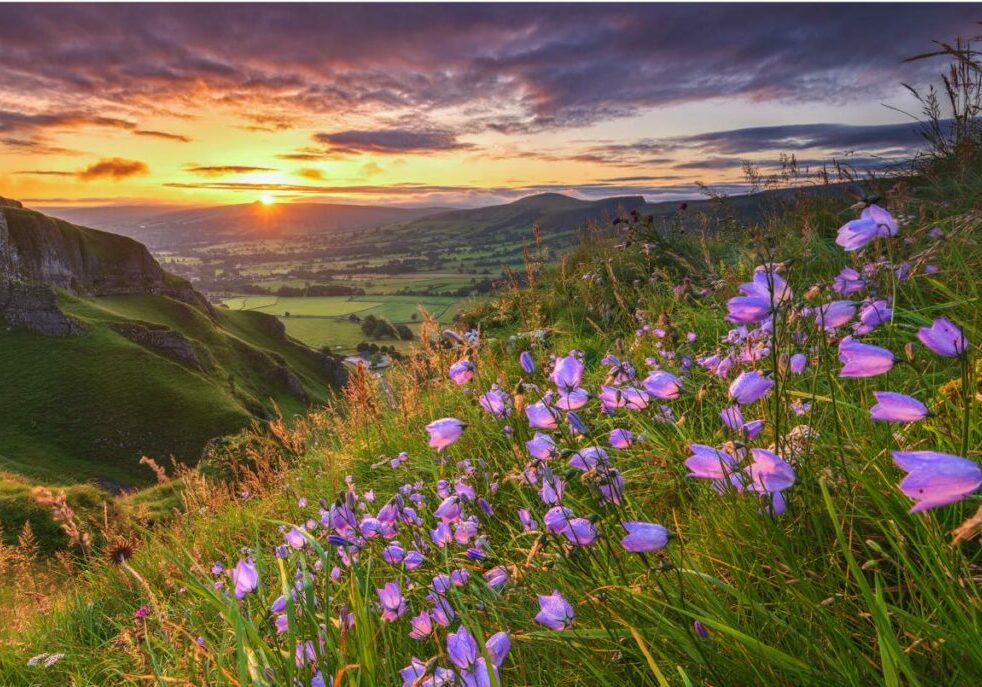While many people head to the coast in summer, there’s plenty of fun – and nature-spotting – to be had along the hundreds of miles of rivers, canals and streams that criss-cross the land.
Fresh water supports a huge range of wildlife, some of which was showcased in the dedicated episode of Wild Isles earlier this year. We’ve picked out eight species for you to try and spot.
Like so many habitats, our rivers, lakes and the areas around them are under threat. Pollution, climate change and increasing demand for water is harming the species that rely on these unique ecosystems.
But your support, combined with the efforts of experts and volunteers, is helping to protect and restore our rivers.
1. Dragonfly
Darting and hovering above the water, brightly coloured dragonflies are a beautiful sight on our waterways, particularly when their iridescent wings catch the sun. They’re also skilful hunters, feasting on mosquitoes and other small insects. Like the smaller, more slender damselfly, dragonflies evolved before dinosaurs, so have had millions of years to hone their hunting abilities. Dragonflies can be spotted almost anywhere, but during the summer breeding season they’re more likely to be flying (and laying their eggs) around rivers, streams, ponds and canals. Reeds provide particularly good habitat for breeding dragonflies.
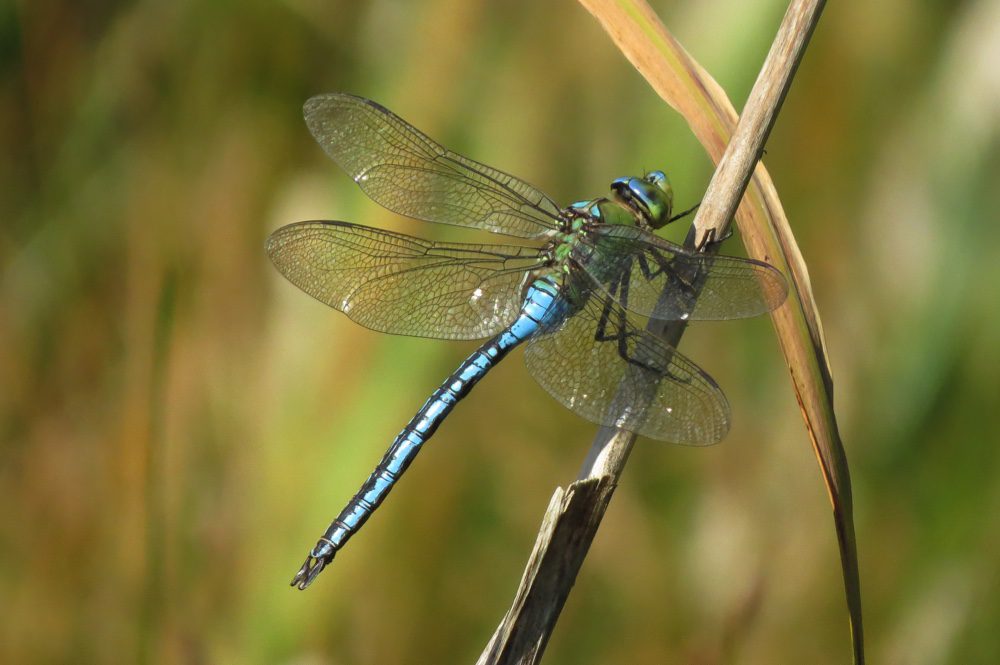

2. Great crested newt
There are three species of newts in the UK, with the great crested newt being the largest (adults can grow to over 15cm long, with females being bigger than males). Sadly, it’s also the rarest – pollution and urbanisation have affected this amphibian so much that it’s now protected by law, as is its habitat. The ‘crested’ part of the name comes from the jagged crest that males display along their backs during the breeding season, though you can also identify them from their dark, bumpy skin and orange belly. As with other newt species, the great crested newt is most likely to be found in ponds rather than rivers or canals.
3. Grey heron
These large, long-legged birds will stand motionless at the edge of ponds, rivers or canals, waiting for a fish to swim into view. In fact, you may not notice them until they spring into action, extending their S-shaped neck to grab their prey. With a wingspan of up to 175cm, grey herons are an impressive sight when they take flight. They’re also found in a wide variety of habitats, happy to feed in fresh water or salt water, so you could see them in coastal marshes as well as inland. Grey herons are the most commonly spotted member of the heron family in the UK – the bittern is a rare sight these days, though numbers of egrets and spoonbills are rising.
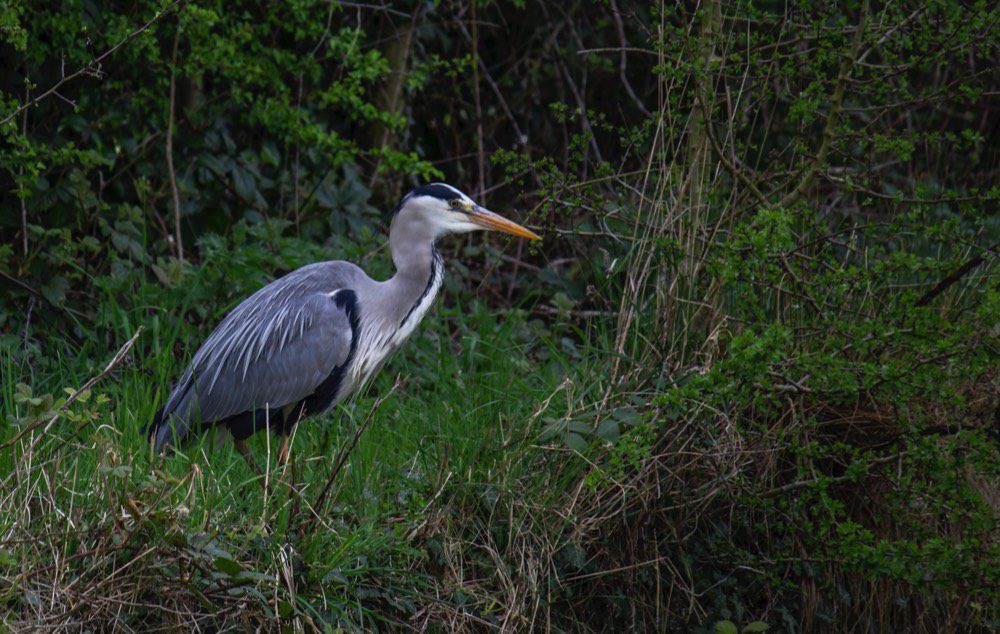
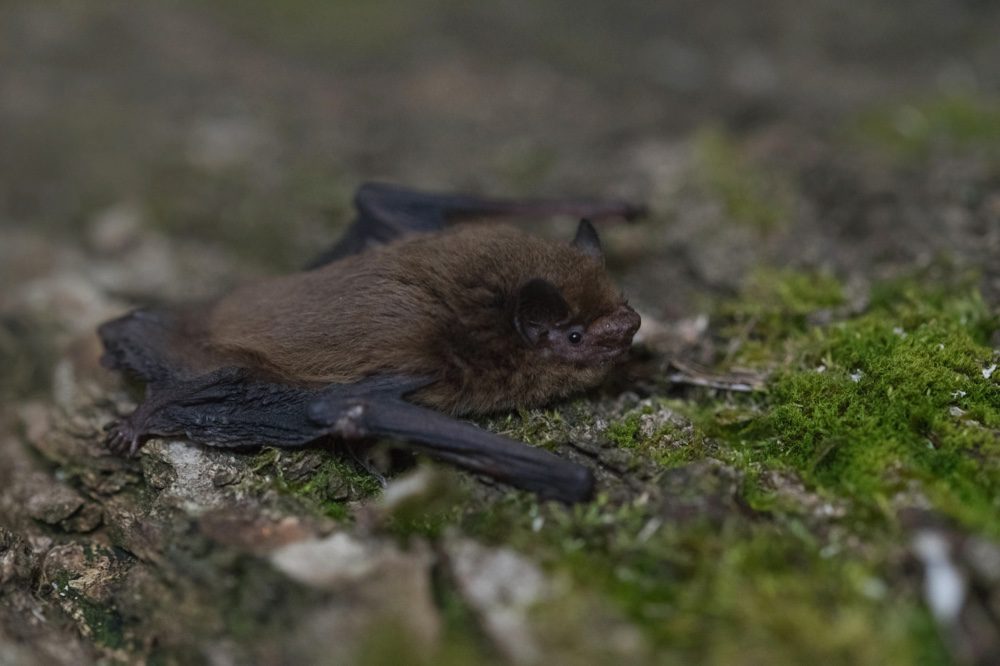
4. Pipistrelle bat
These tiny bats are the most widespread of all 18 British bat species and are a common sight as dusk falls. Take an evening stroll along a canal path and you’re likely to see them soon after sunset, flitting around as they hunt for midges, mosquitoes and other small bugs above the surface of the water – they can eat up to 3,000 in a single night! Pipistrelles have a wingspan of up to 24cm and weigh just 3-8g – that’s less than a two-pence piece. They may seem to be flying silently, but are constantly producing high-pitched calls to help them locate prey. If you have good hearing you might be able to hear their slightly deeper social calls on a quiet evening.
Help protect our precious rivers
Using less water at home can reduce the strain on the UK’s depleted rivers. Our tips will help you cut down on the water you use, so you can protect our waterway wildlife.
5. Grass snake
Despite the name, grass snakes are just at home in the water as they are on land, so you might spot one swimming in a canal or basking in the sun on a riverbank. While the sight of a snake might be alarming, grass snakes are harmless. Of the three species found in the UK, only the adder is venomous – adders have a distinctive black zigzag down their backs, while grass snakes are grey-green with a yellow ‘collar’. Grass snakes prey on fish and amphibians, which is why they can be seen in and around waterways. They’re shy, though, and might even play dead if they feel threatened!
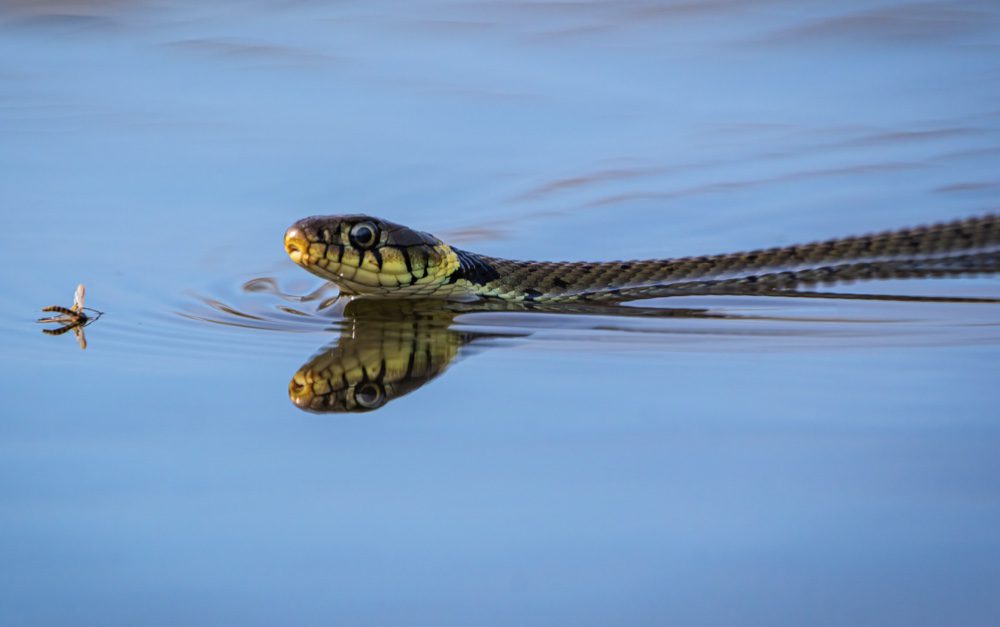

6. Kingfisher
They might boast vibrant blue and orange plumage, but kingfishers are surprisingly hard to see – until you’re aware of a dazzling flash of colour diving into the water or skimming low over the surface. Listen out for their distinctive whistle call, too. They’re relatively common in southern England, but as you head north and into Scotland they’re much scarcer. They nest near slow-flowing fresh water, burrowing into sandy soil on the bank of a stream or river. As they rely on plentiful supplies of fish, they won’t live near polluted waterways where fish have disappeared – which is why it’s so important to protect our rivers and streams.
7. Caddisfly
Caddisflies are a common sight on our waterways, either resting on riverbank plants or flying in swarms over the surface of the water. They look a little like moths, but their wings fold back along their body when they’re not in flight. There are almost 200 species of caddisfly, the largest of which can grow to 3cm long, and they’re a vital source of food for a wide range of fish and birds. Caddisfly larvae aren’t so easy to spot, as they live underwater, but they weave cases around themselves by producing silk which they use to bind together sand, shells, stones or leaves. See if you can spy discarded cases at the water’s edge – they’re narrow tubes up to 4cm long.
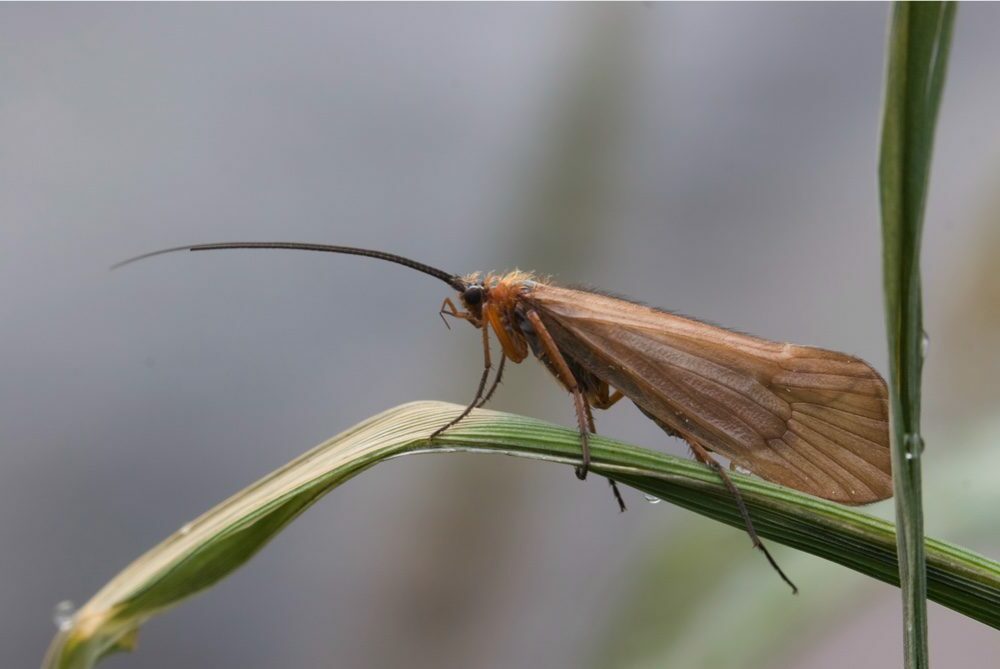
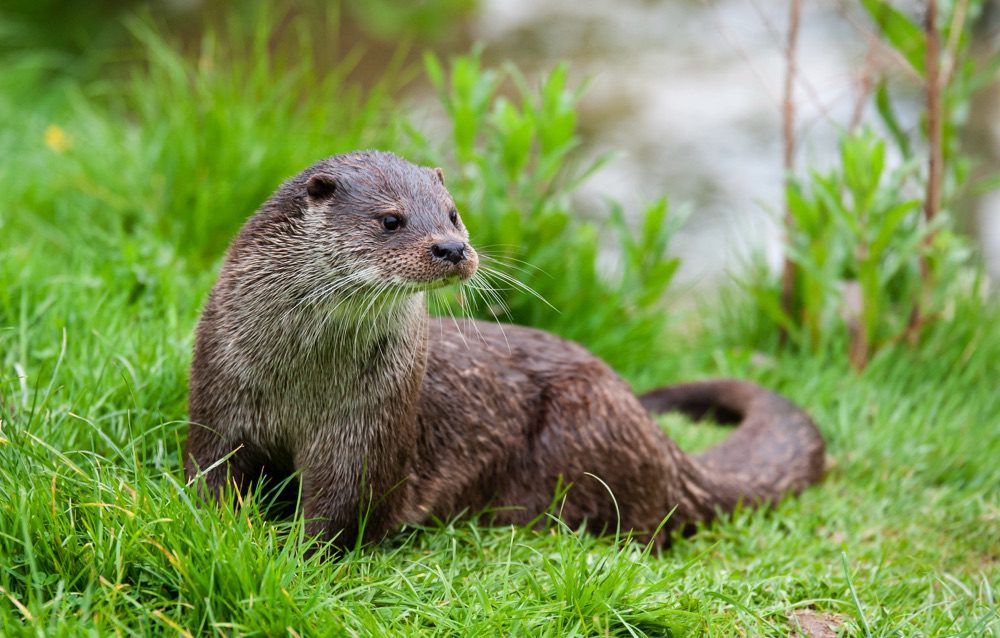
8. Otter
Otters are shy and stealthy, slipping silently into the water to hunt fish, amphibians and crustaceans. They also roam over vast territories – up to 40km – and build their nests (holts) in dense vegetation, so it’s actually quite unlikely that you’ll see an otter unless you’re very lucky. You may have more success finding evidence of otters rather than the animals themselves. Look along riverbanks and towpaths for five-toed footprints about 6cm long, and distinctive otter droppings, known as spraints. Spraints are often deposited in open spots, such as on rocks or near bridges, and contain visible bits of bones, shells and scales.
ALL IMAGES © GETTY IMAGES
Take action to save our rivers
Add your voice to the People’s Plan For Nature to call for urgent action to save our wild isles, now and for future generations.
More to explore
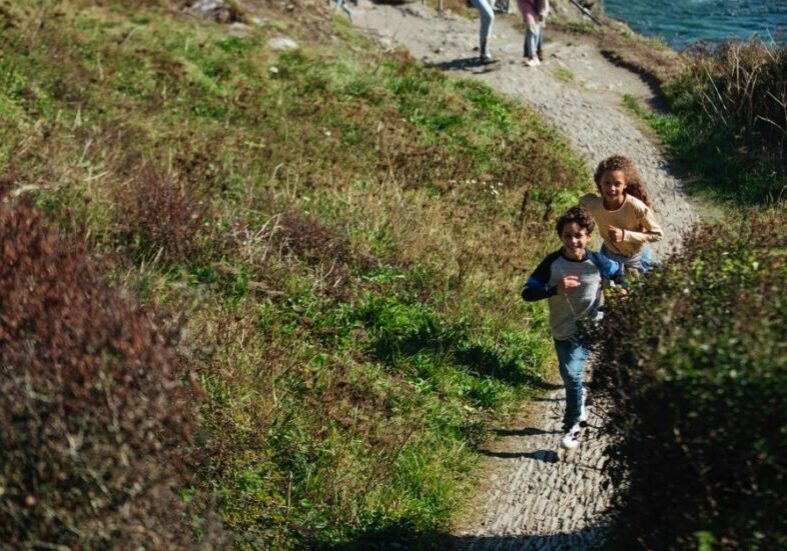
Eight ideas for a greener holiday
Whether you want to relax or go on an adventure, a summer holiday is a great opportunity to see new places. Our tips make it easy to reduce your travel footprint
